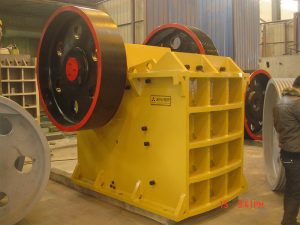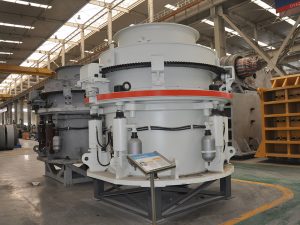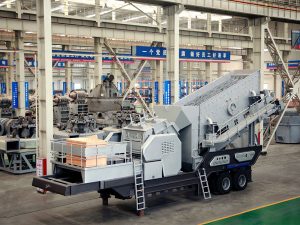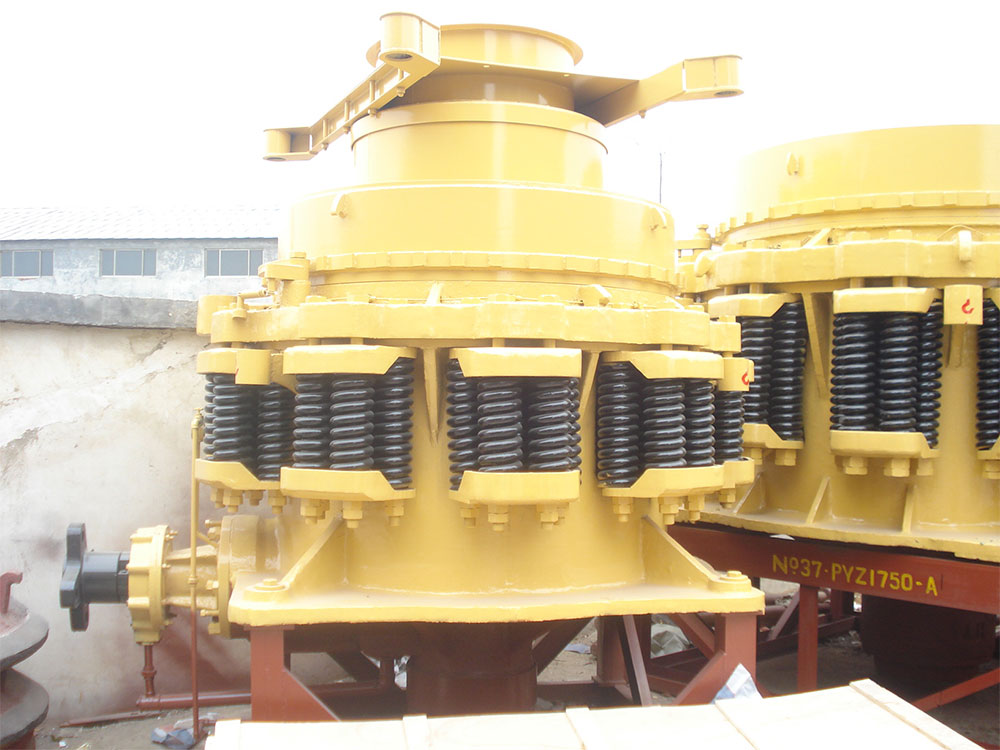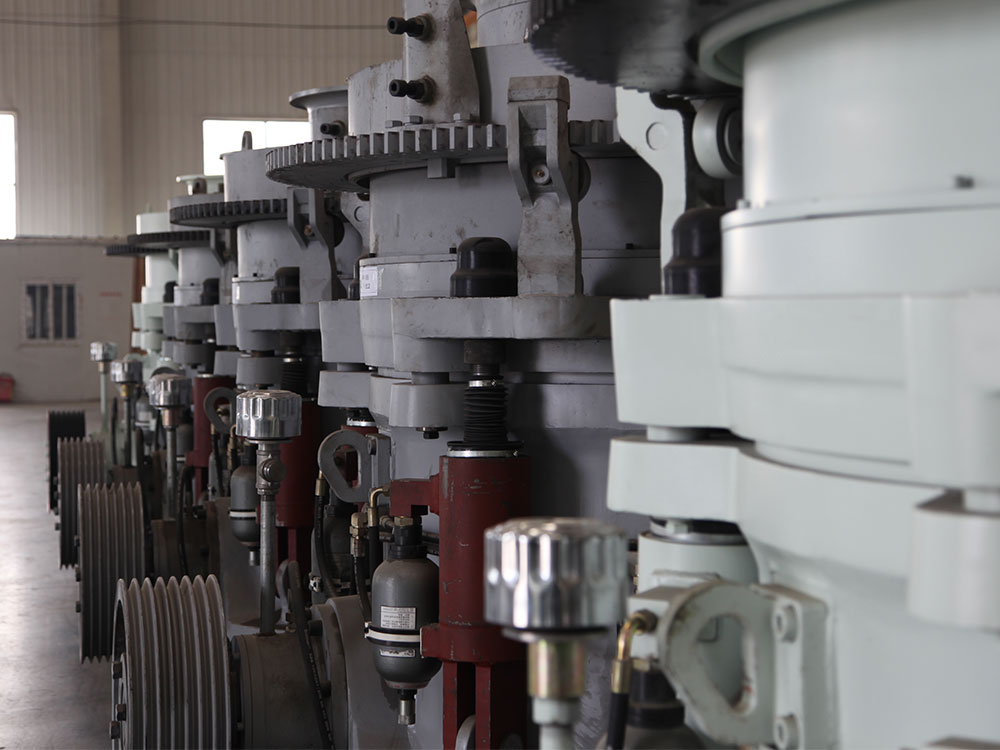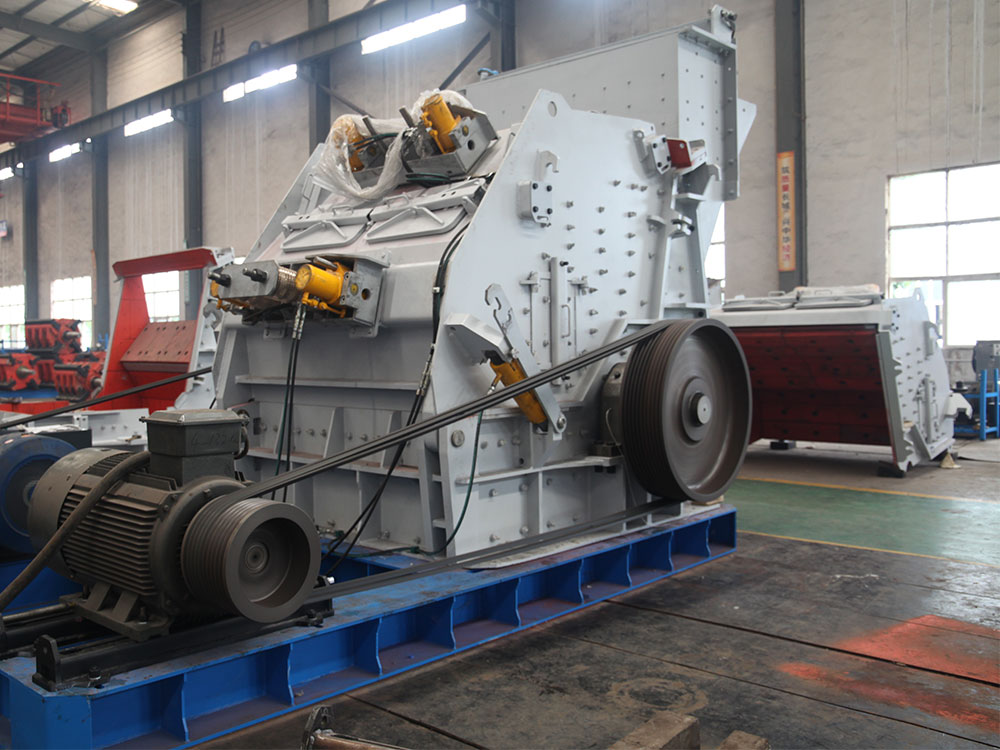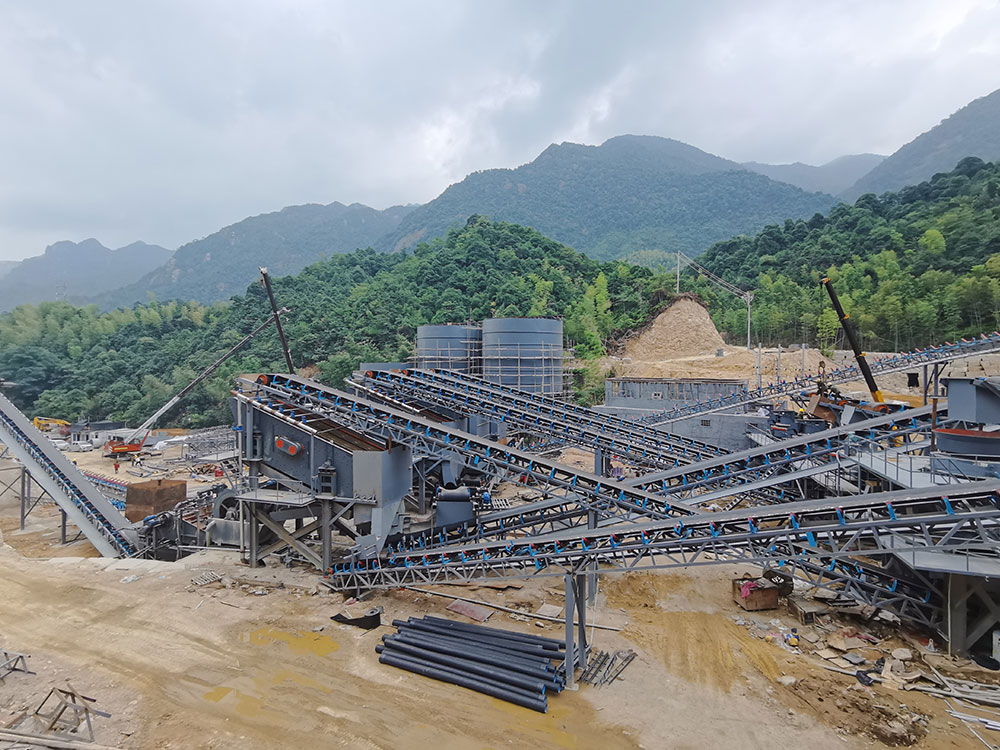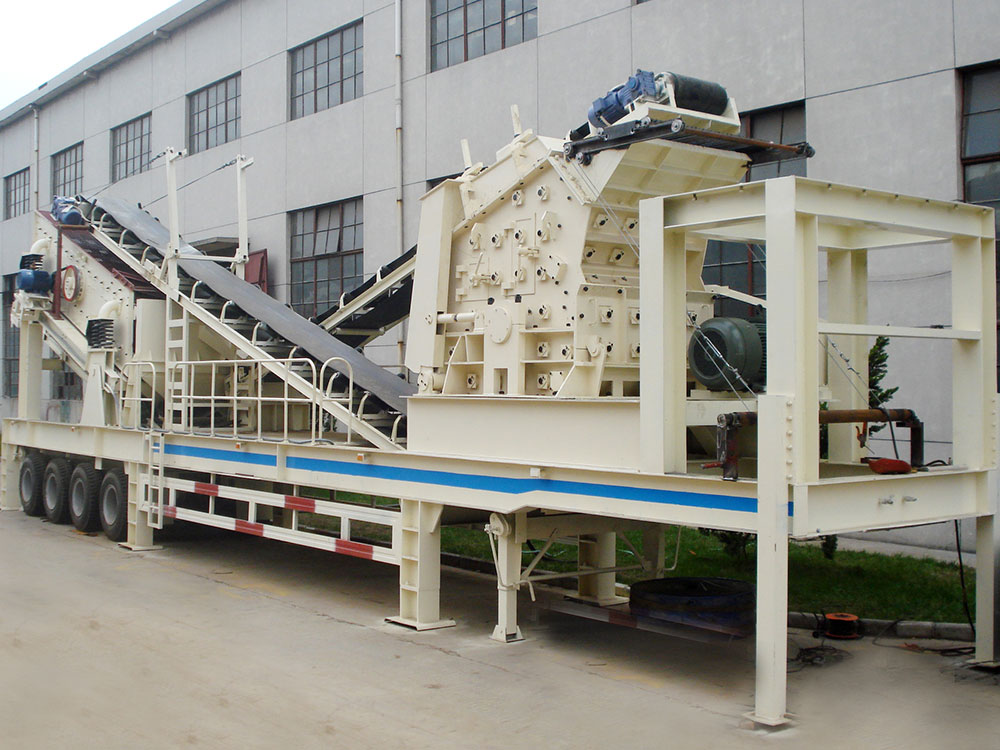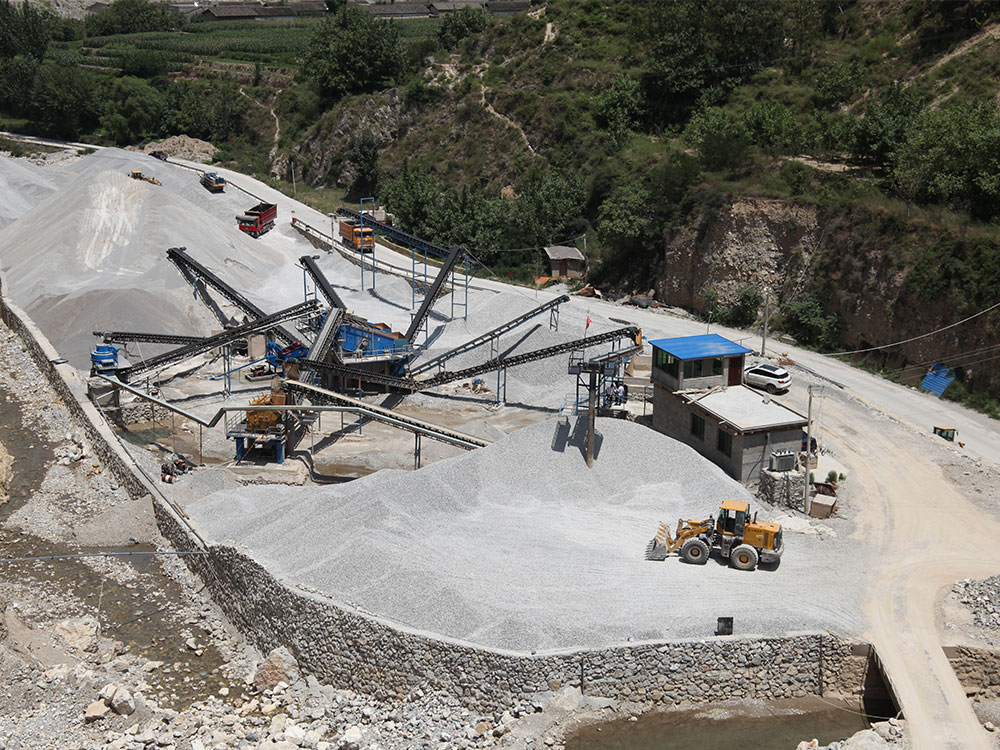In the complex and critical production process of mining crushing, impact crusher and cone crusher, as two commonly used secondary crushing equipment, each carries different missions and advantages. In order to understand the cost differences between these two types of equipment, we need to conduct an in-depth evaluation from multiple dimensions. Based on the integration and analysis of various information, the following is a detailed description of the different characteristics of these two types of equipment in terms of initial investment, operating expenses and maintenance costs.
Consideration of operating costs
Energy consumption performance
Cone crushers are well known in the industry for their excellent low energy consumption performance. Not only do they deliver high-yield crushing, but they also reduce energy consumption while ensuring stability. In contrast, the energy consumption of an impact crusher climbs significantly when processing hard materials, which undoubtedly increases operating costs.
Processing capacity
In terms of processing capacity, the cone crusher is more suitable for large-scale production lines with high output. Its powerful crushing capacity and efficient processing capacity per unit time make it the first choice for large-scale mining enterprises. The impact crusher, on the other hand, is more suitable for small and medium-sized production scenarios, and its flexibility and adaptability excel in handling medium-sized materials.
Material Adaptability
In terms of material adaptability, the cone crusher demonstrates excellent crushing capabilities for high hardness materials such as granite and basalt. These materials are often difficult to be handled by ordinary crushing equipment, but the cone crusher can easily cope with them by virtue of its sturdy structure and advanced crushing technology. On the contrary, the impact crusher is more cost-effective in handling low and medium hardness materials (such as limestone and coal gangue), which can bring higher economic benefits to customers.
Service life and durability perspective
Impact Crusher
The design life of impact crusher is usually between 5-8 years. However, in actual use, especially when processing hard materials, its wearing parts are replaced more frequently and wear is more serious. In addition, core components such as the rotor are also susceptible to impact loads, which leads to a decline in equipment performance. All these factors increase the maintenance cost of the impact crusher.
Cone Crusher
In contrast, the cone crusher is designed to last for more than 10 years. Its robust structure and high-quality wear-resistant parts enable the equipment to maintain stable performance over a long period of time. In addition, the long life of the wear parts of the cone crusher greatly reduces downtime and replacement frequency, which in turn reduces maintenance costs.
Comprehensive Cost Evaluation and Selection Strategy
From the perspective of long-term (3-5 years) cost considerations, impact crushers and cone crushers each have their own applicable scenarios. Impact crushers are more suitable for small to medium sized projects with limited budgets, low to medium hardness material handling, applications with high demands on finished product shape and discontinuous production scenarios. In these scenarios, impact crushers are more cost-effective.
Cone crushers are economically superior for large, high-volume production lines, high hardness material handling, continuous operation requirements, and long-term operation. Although the initial investment is higher, the later maintenance cost is lower, which makes the cone crusher can show lower total cost of ownership in long-term operation.
Therefore, in the specific selection, we need to combine the material characteristics, production scale, budget and other actual circumstances for a comprehensive trade-off. Only fully understand the characteristics and advantages of the equipment, in order to make the most suitable decision for their production needs.


